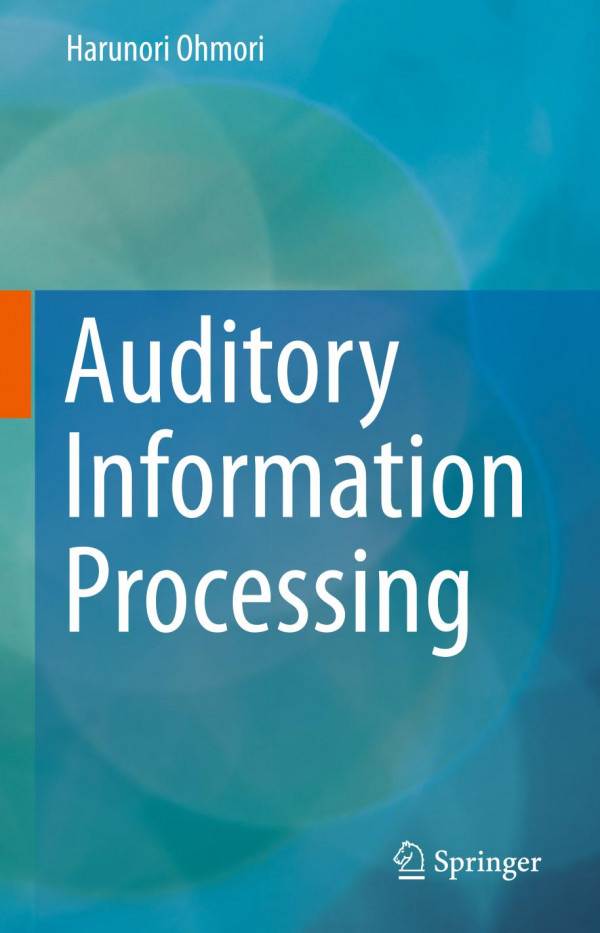

Most ebook files are in PDF format, so you can easily read them using various software such as Foxit Reader or directly on the Google Chrome browser.
Some ebook files are released by publishers in other formats such as .awz, .mobi, .epub, .fb2, etc. You may need to install specific software to read these formats on mobile/PC, such as Calibre.
Please read the tutorial at this link: https://ebookbell.com/faq
We offer FREE conversion to the popular formats you request; however, this may take some time. Therefore, right after payment, please email us, and we will try to provide the service as quickly as possible.
For some exceptional file formats or broken links (if any), please refrain from opening any disputes. Instead, email us first, and we will try to assist within a maximum of 6 hours.
EbookBell Team

0.0
0 reviewsThis book explains neural function at the level of ion channels and membrane excitability in neurons along the ascending auditory pathway. Airborne sound information is captured by the ears, transformed to neural electrical signals, and then processed in the brain. Readers will find full descriptions of these processes of signal transduction and transformation. First, it is described how, at the level of hair cells, the receptor cells in the cochlea, the sound-evoked vibration is transduced to electrical signals and transmitted to the auditory nerve fibers. In the second section it is explained how the electrical activity of these fibers is processed at the cochlear nucleus in order to extract the temporal and level information of sound separately and then transmitted to the third nucleus for processing of the interaural differences, such as the interaural time difference and the interaural level difference. The third section summarizes the transformation of auditory temporal information to the rate of neural firing activity in the midbrain and the higher nuclei, including the cortex, based on in vivo results. Finally, emerging new technologies to investigate auditory signal processing are reviewed and discussed.